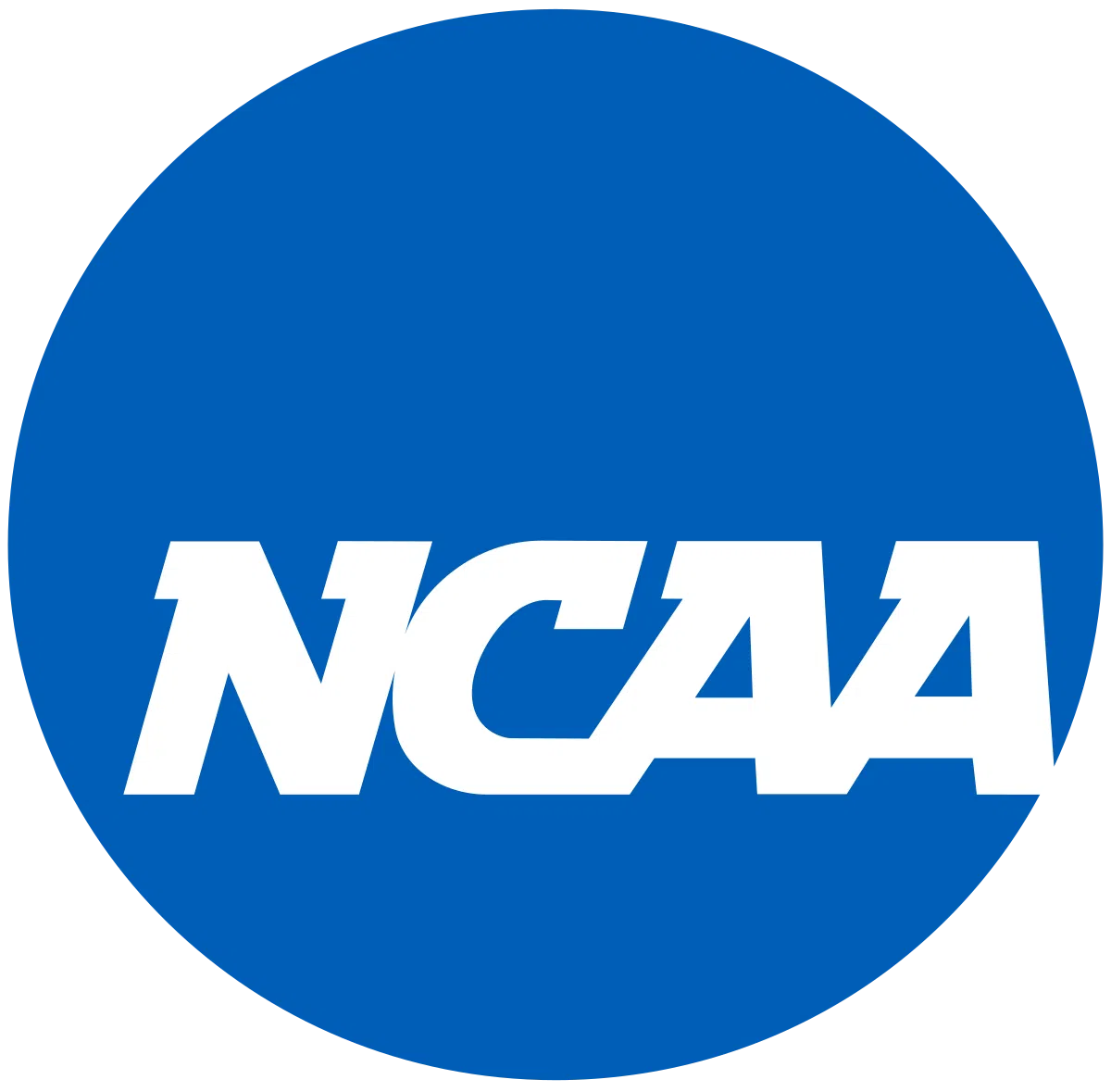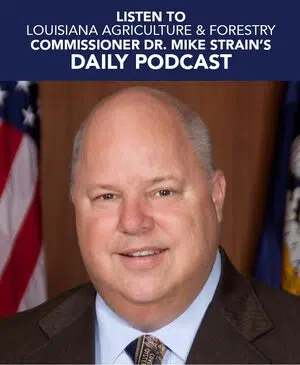
College athletics may never be the same after the NCAA House settlement allowing universities to pay their student athletes directly. All power schools and any other division one schools who elect to do so will be allowed to share up to $20.5 million of their annual athletic revenue with that cap increasing 4% each year over the next decade. Sports attorney Fritz Metzinger of Stone Pigman said many schools will follow the back pay formula devised in the settlement.
“It doesn’t seem like it exactly aligns with the LSU programs that are the most successful or that may be earning the most revenue, but as far as I understand it, from a legal perspective, the settlement itself doesn’t tell schools how they have to allocate this money,” said Metzinger.
In the 2023-2024 seasons about 83% of LSU’s gross team sport revenue came from football. Men’s basketball accounted for about 9%, baseball about 5% and women’s basketball about 2%. The back pay formula allocates 75% of the funds to football, 15% to men’s basketball, 5% to women’s basketball and the remaining 5% for other sports.
Metzinger said this formula will be used to award the $2.8 billion the settlement included in damages.
“About $2.57 billion will be paid to class members who were division one student-athletes who participated between 2016 and 2024,” said Metzinger. “Any athletes who opted in as class members and competed in that eight year time frame will be eligible for those damages.”
The NCAA also announced a new NIL Go program to review NIL payments over $600. Metzinger said the Deloitte review board can determine whether they are valid business opportunities or masked booster payments.
“In exchange for allowing these revenue sharing payments and ushering in this new era, what the NCAA and some of the member schools were really trying to do is re-exert some control over third-party NIL payments,” said Metzinger.







Comments